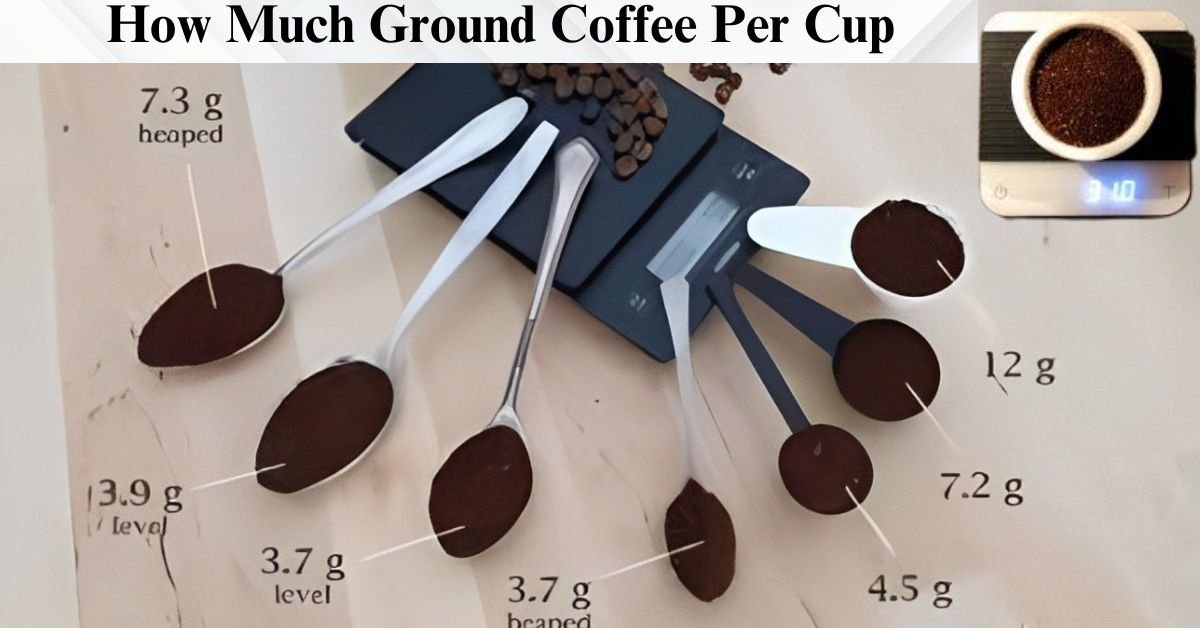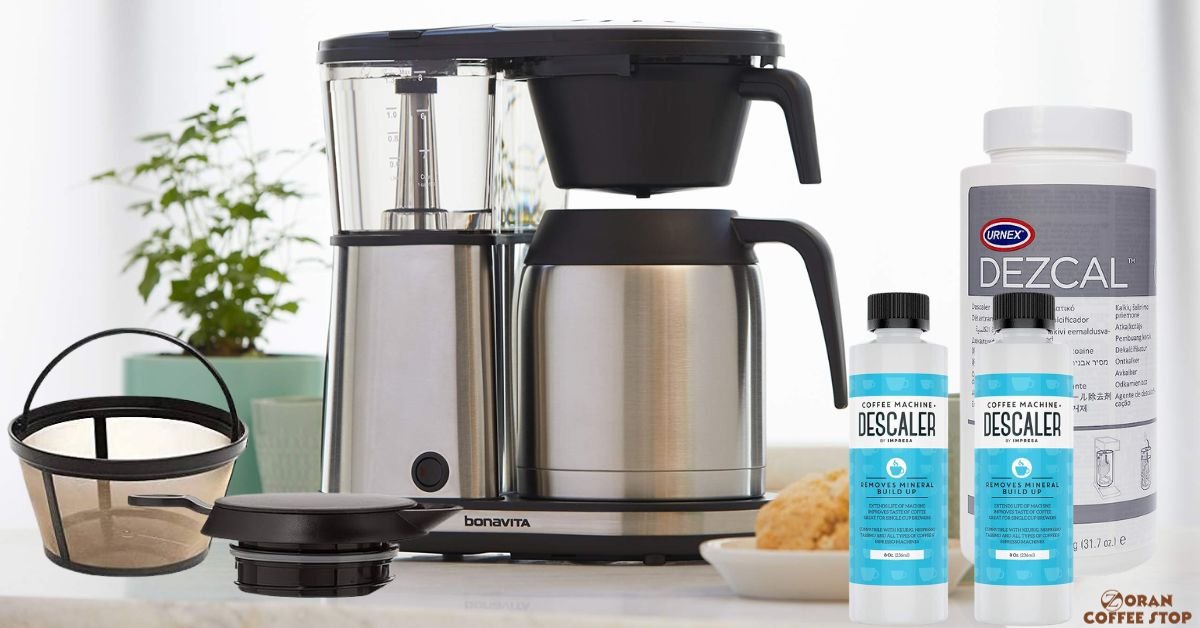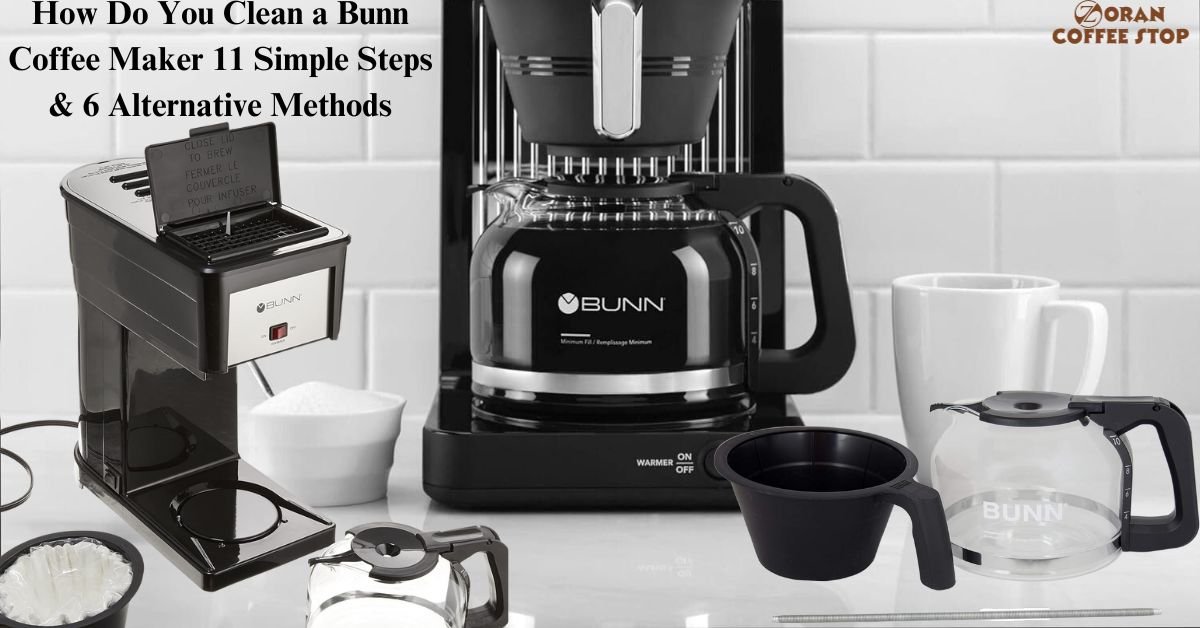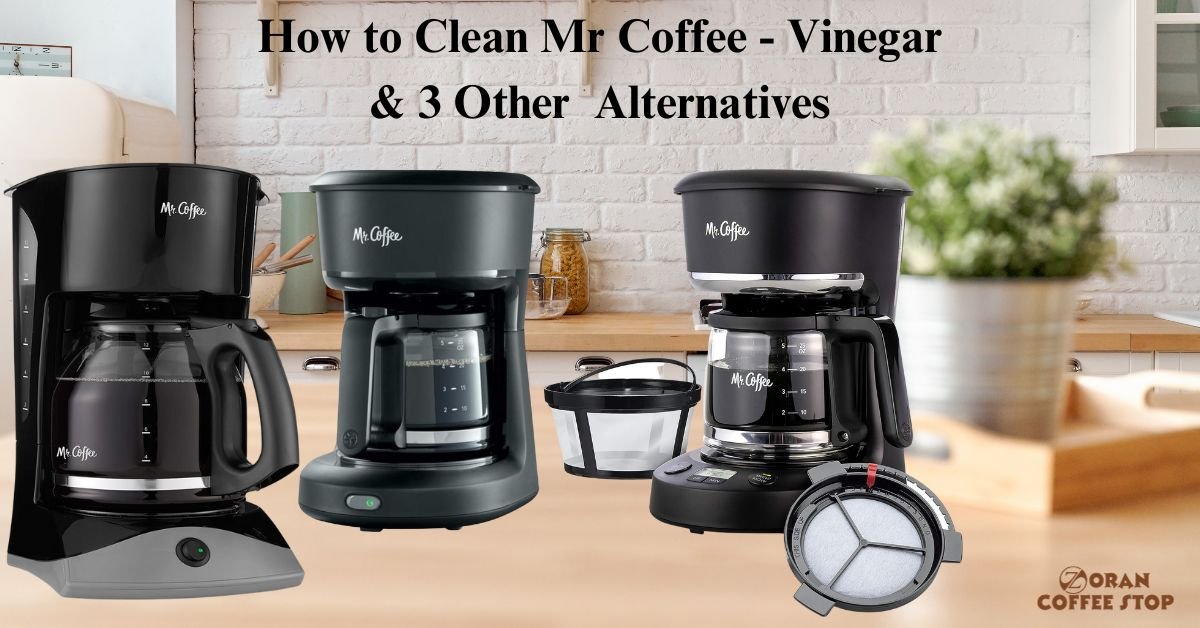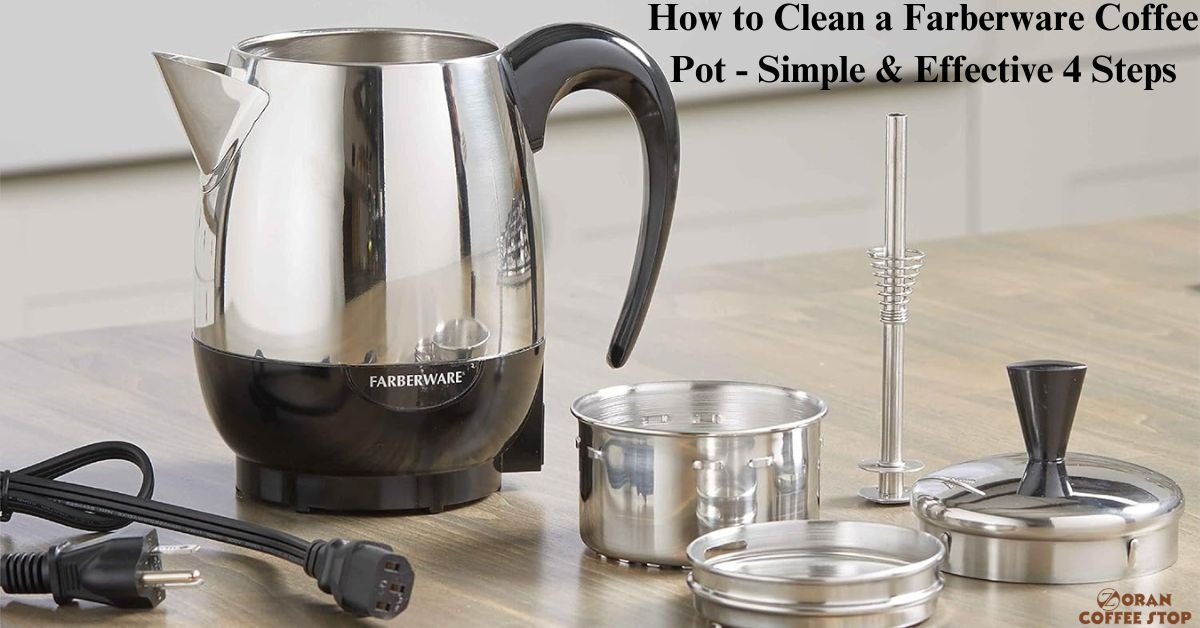The coffee-to-water ratio is the secret to making delicious coffee. It’s all about finding the right balance between the amount of coffee and water. Do you want to make better coffee at home? Ever wondered how much coffee to use for each cup? In this guide, we’ll explore the art of brewing coffee and answer the important question: “How much ground coffee per cup” should I use?
Learn how to calculate the ideal amount of coffee, whether you prefer using spoons or precise ratios. We’ll guide you through foolproof methods to ensure you get the right quantity for your preferred taste. You’ll also find recommended measurements for popular brewing methods such as drip coffee, French press, espresso, and cold brew. These expert suggestions will help you achieve the desired strength and flavor profiles for each method.
Discover the essential factors that shape the brewing process. We’ll discuss the impact of grind size on flavor extraction and show you how to adjust the coffee-to-water ratio to fine-tune the taste. Plus, we’ll highlight the importance of using high-quality water and provide insights on making slight adjustments based on your coffee machine.
Importance of Coffee-to-Water Ratio
The coffee-to-water ratio is a crucial factor in brewing a delicious cup of coffee. It involves finding the right balance between the amount of coffee grounds and water used during the brewing process. This ratio directly impacts the taste and flavor profile of the brewed coffee, ensuring that it is neither too weak nor too strong. By striking the perfect balance, the desired flavors are extracted from the coffee beans.
The amount of coffee you put in your cup is a big deal for a few reasons. It has a direct impact on the fantastic flavors you get from the coffee beans. Each sip can be a delightful experience with floral, nutty, chocolate, or caramel tastes. But be careful! Using too little or too much coffee can spoil the party and make it flavorless.
If you like to add milk or cream to your coffee, you want it to have a bold flavor that can shine through the creamy excellence. That’s the secret to a perfectly balanced and enjoyable cup. And hey, let’s not forget about making your coffee the best way possible. Knowing how to do it right ensures you get the most delicious coffee you’ve ever tasted.
So, pay attention to these tips and create a cup of coffee that will make your taste buds dance with joy!
First of All, Understand How big is a cup of coffee?
The size of a cup of coffee can vary depending on several factors, including cultural norms, regional preferences, and the type of coffee being served. In general, a standard cup of coffee is typically considered to be around 8 to 12 fluid ounces (237 to 355 milliliters). However, it’s important to note that different countries or coffee establishments may have their own definitions of cup size. Some regions may refer to a “cup” of coffee as a smaller size, ranging from 4 to 6 fluid ounces (118 to 177 milliliters), while others may define it as a larger size, such as 16 to 20 fluid ounces (473 to 591 milliliters).
Instead, the most common measurement for a “cup” of coffee is 5 fluid ounces or 150 milliliters. Using this standard, calculations can be made. For example, 6 cups of coffee would be equal to 30 fluid ounces,8 cups would be equal to 40 fluid ounces, 10 cups would be equal to 50 fluid ounces, and 12 cups would be equal to 60 fluid ounces.
When determining how much coffee to use per cup, it’s crucial to understand the specific type of coffee drink being prepared. Apart from the standard cup size, there are also various specialty coffee drinks like cappuccinos and lattes, which come in different cup sizes. These drinks often have specific ratios of espresso, milk, and foam, and are typically served in smaller sizes ranging from 4 to 8 fluid ounces (118 to 237 milliliters).
How to Calculate the Ideal Coffee-to-Water Ratio
Calculating the ideal coffee-to-water ratio is vital for brewing a flavorful cup of coffee. First, consider your preferred coffee strength, as it varies from person to person. Next, ensure that you use a consistent unit of measurement for both the coffee and water, such as grams, tablespoons, or ounces. This will maintain accuracy in your calculations and ensure a consistent brew.
Different brewing methods require different coffee-to-water ratios. For example, a French press will use a coarser grind and a longer brew time than a pour-over, so you’ll need to use more coffee for the French press.
Here’s a simple guide to help you determine it
- The stronger you want your coffee, the more coffee you’ll need to use. A good starting point is a 1:17 ratio, which is about 2 tablespoons of coffee per 6 ounces of water. If you want a stronger cup, you can use a 1:15 ratio or even a 1:13 ratio. Adjust it based on your taste preferences.
- Start by measuring the amount of water you want to use. For example, if you want to make a single cup of coffee and the cup holds 8 fluid ounces (236 milliliters) of water, note this measurement.
- Divide the amount of water by the desired ratio. For instance, if you’re using a 1:15 ratio, divide 8 ounces of water by 15. This will give you the amount of coffee in ounces needed for the brew.
- If you prefer using tablespoons or grams instead of ounces, you can convert the measurement accordingly. For tablespoons, 1 tablespoon of coffee is approximately equivalent to 0.18 ounces or 5 grams.
- To calculate the amount of coffee needed, divide the desired final brewed coffee volume by the ratio. For example, if you want to brew 12 ounces (355 milliliters) of coffee with a 1:16 ratio, divide 12 by 16. The result is 0.75 ounces (21.25 grams) of coffee.
- Once you have determined the amount of coffee, measure the corresponding amount of water. In our example, you would use 12 ounces (355 milliliters) of water.
- Use a kitchen scale to measure the coffee and water. This will help you get the most accurate ratio.
- Pay attention to the taste and strength of the brewed coffee. If it’s too weak, increase the amount of coffee next time. If it’s too strong, decrease the amount of coffee. Make adjustments until you find your ideal balance.
Using tablespoons to measure coffee
A standard coffee scoop holds 2 tablespoons of level-ground coffee. This is equivalent to about 10 grams or 0.36 ounces. So, if you want to make a pot of coffee with 6 cups, you would use 12 tablespoons of coffee. However, all tablespoons are not created equal. Some tablespoons are larger than others. Although, with a little practice, you’ll be able to measure coffee with tablespoons like a pro!
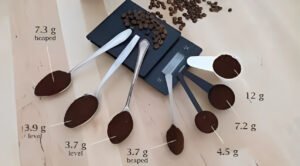
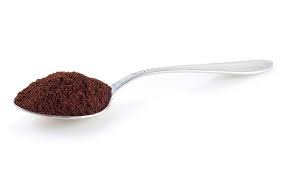
Great tip! Weighing the coffee portion per measuring spoon is an excellent way to ensure consistency in your coffee brewing. By determining how many grams of coffee fit on your favorite spoon, you can easily measure the exact amount for each cup without the need for a scale.
Once you know how many grams of coffee fit on your tablespoon, you can use that information to calculate the coffee-to-water ratio for your favorite brewing method. For example, if you want to make a cup of coffee with a 1:17 coffee-to-water ratio, you would use 10 grams of coffee grounds and 170 grams of water.
How Much Ground Coffee Per Cup Golden Coffee Ratio
The golden coffee ratio is a popular coffee-to-water ratio that is said to produce a well-balanced cup of coffee. It is a 1:17 ratio, which means that you use 1 gram of coffee for every 17 grams of water. The SCAA (Specialty Coffee Association of America) defines 10 grams or 0.36 oz. per 6-oz cup as the proper measure for brewed coffee using American standards. This is also known as the “Golden Cup Standard.”
For most home coffee brewing, a good starting point is 2 tablespoons of ground coffee beans per 6 ounces of water. This is equivalent to 10 grams of coffee per 180 grams of water. However, it is important to note that the amount of coffee you use will depend on your personal preferences. If you like your coffee stronger, you can use more coffee. If you like your coffee weaker, you can use less coffee.
Let’s Understand With
- If you have 8 fluid ounces (236 milliliters) of water, we need to convert it to grams: 1 fluid ounce (fl oz) of water is approximately 29.57 grams. So, 8 fluid ounces of water = 8 x 29.57 grams ≈ 236.56 grams of water. Now, divide the amount of water (236.56 grams) by the Golden Coffee Ratio (1:17): 236.56 grams ÷ 17 = 13.91 grams of coffee.
-
Here are some other coffee ratios that you can try;
- 1:15: This ratio will give you a stronger cup of coffee.
- 1:18: This ratio will give you a weaker cup of coffee.
- 1:20: This ratio is a good choice for cold brew coffee.
- 1:4: This ratio is a good choice for espresso.
You can also adjust the amount of coffee you use depending on the brewing method you use. For example, if you are using a French press, you will need to use more coffee than if you are using a pour-over method. The best way to find the perfect amount of coffee for your taste is to experiment. Start with the 2 tablespoons per 6 ounces of water ratio and adjust it to taste.
While the Golden Coffee Ratio provides a great starting point, feel free to adjust the ratio based on your taste preferences. If you prefer a stronger cup, you can use a lower ratio like 1:15 or 1:16. For a milder brew, try a higher ratio like 1:20.
Ideal Coffee-to-Water Ratios for Different Brewing Methods
The ideal coffee-to-water ratio is one of the most important factors in brewing a great cup of coffee. The right ratio will extract the perfect amount of flavor from the beans, resulting in a cup that is rich, flavorful, and balanced. The following infographic shows the ideal coffee-to-water ratios for different brewing methods. Experiment with different ratios to find your perfect cup!

The perfect cup of coffee starts with the right ratio of coffee to water
How to Make Sure Your Drip Coffee is Perfect
Did you know that the filter in your drip coffee maker actually retains water? This means that the amount of coffee you need to use is actually a bit more than you might think. When you pour the grounds into the filter and water drips through, some of the water is absorbed by the filter. This can be up to two times the amount of coffee used. So, if you’re using a 1:17 ratio, you’re actually only getting a 1:15 ratio of coffee to water.
Most people agree that drip and pour-over coffee should be brewed using a 1:17 to 1:20 ratio. This means that you should use 1 gram of coffee for every 170 to 200 grams of water. The reason for this is that the filter retains water, so you need to use more coffee to compensate. If you don’t use enough coffee, your coffee will be weak and watery.
Guide to French Press Brewing
French press coffee is brewed by steeping ground coffee in hot water for a few minutes likely 4-5 minutes, then pressing the grounds down to separate them from the brewed coffee. This method produces a full-bodied, rich cup of coffee with a slightly oily texture.
Unlike drip coffee, which uses a filter to separate the grounds from the brewed coffee, French press coffee uses a metal plunger to push the grounds down to the bottom of the carafe. This means that the extraction of the coffee is happening within the water itself, rather than through a filter. This results in a cup of coffee that is more flavorful and full-bodied.
How to Make a Perfect Espresso
Espresso is a concentrated coffee drink that is made by forcing hot water through finely-ground coffee beans. This method produces a small, strong cup of coffee with a rich, creamy texture. The ideal coffee-to-water ratio for espresso is 1:2, which means that you should use 1 gram of coffee for every 2 grams of water. This ratio will produce a cup of espresso that is strong, flavorful, and balanced.
One of the things that makes espresso brewing unique is that the focus is on the weight of the extracted liquid, rather than the amount of water used. This is because espresso machines use a pressurized pump to force hot water through the coffee grounds, which results in a smaller amount of liquid being extracted.
Once the espresso has been extracted, it is important to brew for 25-30 seconds. The average yield for espresso is 36 grams or a 1:2 ratio. However, the actual yield can vary depending on the type of beans used, the grind size, and the tamping pressure. A barista can experiment with different variables to get the best flavor profile from the beans.
The fact that espresso brewing has so many variables is one of the things that makes it so versatile. It can be used to make a variety of coffee drinks, from lattes and cappuccinos to macchiatos and ristrettos. And because the flavor profile can be so easily manipulated, espresso is a great way to experiment with different coffee beans and roasts.
How to Brew Cold Brew Coffee at Home
Cold brew coffee is a type of coffee that is made by steeping coarsely-ground coffee beans in cold water for an extended period of time, typically 12-24 hours. The long extraction time at room temperature for cold brew means that the coffee grounds have more time to release their flavor and oils into the water, resulting in a more concentrated coffee.
The ideal coffee-to-water ratio for cold brew is between 1:10 and 1:13, which means that you would use 1 gram of coffee for every 10-13 grams of water. This will produce a cup of cold brew that is strong, flavorful, and balanced. The steep time is important. The longer you steep the coffee, the stronger it will be. However, you don’t want to steep it for too long, or it will become bitter.
Factors Affecting the Brewing Process
The brewing process is a delicate one, with many factors that can affect the final outcome. In this section, we will discuss four of the most important factors: grind size, coffee-to-water ratio, water quality, and machine considerations. These factors can all impact the taste, strength, and overall quality of your coffee.
Importance of Grind Size in Coffee Brewing
Grind size is one of the most important factors affecting the brewing process. The size of the coffee grounds will determine how quickly the coffee extracts, which will in turn affect the taste, strength, and overall quality of your coffee. A coarse grind will produce a weaker cup of coffee, while a fine grind will produce a stronger cup.
The ideal grind size will vary depending on the brewing method, but a good starting point is to use a medium-coarse grind for most methods. As mentioned in the above Image, a French press typically uses a coarse grind, while a pour-over method typically uses a medium-fine grind. Espresso uses a very fine grind, as the coffee is extracted very quickly.
Furthermore, You can also use a coffee grinder with adjustable settings to fine-tune the grind size for your desired results.
How to Find the Perfect Coffee-to-Water Ratio
The coffee-to-water ratio is one of the most important factors affecting the brewing process. The ratio of coffee to water will determine how strong the coffee will be, as well as the overall flavor profile. A standard ratio for brewing coffee is 1-2 tablespoons of ground coffee per 6 ounces of water.
For example, if you want to make a pot of coffee for 4 people, you would use 24-48 tablespoons (or 1-2 cups) of ground coffee. This would yield 24 6-ounce servings or about 12 standard 12-ounce mugs of coffee.
This means that for a standard 12-cup coffeemaker, you will need 12-24 tablespoons (or between 3/4 and 1 1/2 cups) of ground coffee. This will yield 12 6-ounce servings or about 6 standard 12-ounce mugs of coffee. It is important to note that the standard mug size is closer to 12 ounces or larger.
Water Quality in Coffee Brewing
Water quality is another important factor affecting the brewing process. The quality of the water you use will affect the taste of your coffee, and it can also affect the extraction process. Boiling water can help to remove some of the minerals from hard water, which can improve the taste of the coffee. However, boiling water will not remove all of the minerals. Therefore, if you are concerned about the mineral content of your water, it is best to use filtered or bottled water.
Automatic coffee makers heat the water for you, so you do not need to boil the water before brewing. However, if you are using a French press or pour-over, you will need to boil the water first. Hard water contains high levels of minerals, such as calcium and magnesium. These minerals can interfere with the extraction process, resulting in a bitter or salty cup of coffee. Soft water, on the other hand, has a lower mineral content. This can result in a flatter cup of coffee.
- The ideal temperature for brewing coffee is just below boiling, around 200 degrees Fahrenheit. While espresso is typically brewed with water that is slightly hotter than 200 degrees Fahrenheit.
- If you are using tap water, you can test the water quality with a water quality test kit.
Machine Considerations for Coffee Brewing
There are many different ways to brew coffee, each with its own unique flavor profile. Some popular brewing methods include drip coffee makers, French presses, pour-over coffee makers, and espresso machines. You can also use reusable pods in Keurig coffee makers to reduce waste. Simply purchase a reusable pod and fill it with your favorite coffee grounds. Then, brew as usual.
The type of coffee machine you use can have a significant impact on the taste of your coffee. First of all, consider the size of the machine If you are only making coffee for yourself or a few people, you may want a smaller machine. If you are making coffee for a larger group, you will need a larger machine.
Some coffee machines have additional features, such as timers, milk frothers, and hot water dispensers. These features can be helpful, but they can also add to the cost of the machine. If you are looking for a simple and easy-to-use machine, an automatic coffeemaker is a good option. If you want to make a strong cup of coffee, a French press is a good choice. If you want to customize your cup of coffee, a pour-over coffee maker is a good option. And if you want to make espresso drinks, an espresso machine is the best option.
Conclusion
Deciding how much ground coffee per cup is crucial in achieving the perfect brew. In this article, we discussed the ideal coffee-to-water ratios for different brewing methods, as well as the importance of grind size, water quality, and machine considerations. We also provided a helpful infographic that summarizes the key points of the article.
By starting with 1-2 tablespoons of ground coffee per 6 ounces of water and adjusting to personal preferences, you can brew your perfect cup. However, the amount of ground coffee you use per cup will also depend on the type of coffee beans you use. For example, darker roasts will generally require more ground coffee than lighter roasts.
The grind size will also affect the amount of ground coffee you need to use. A coarse grind will require more coffee than a fine grind. The best way to find the perfect amount of ground coffee to use per cup is to experiment. Start with the recommended ratios in this article and then adjust them to your liking. With a little practice, you’ll be able to brew the perfect cup of coffee every time!
FAQs
How much ground coffee should I use per cup?
The ideal coffee-to-water ratio is 1-2 tablespoons of ground coffee per 6 ounces of water. However, the amount of ground coffee you use per cup will depend on your personal preferences and the type of coffee beans you use. Darker roasts will generally require more ground coffee than lighter roasts. Experiment with different ratios until you find your perfect cup of coffee.
What is the difference between a tablespoon and a teaspoon?
A tablespoon holds approximately 15 milliliters, while a teaspoon holds around 5 milliliters. A tablespoon is equal to 3 teaspoons. So, if you want to use 2 tablespoons of ground coffee, you would use 6 teaspoons.
What if I don’t have a coffee scale?
No Coffee Scale? No problem! You can still measure your coffee accurately using regular kitchen measuring spoons. A standard coffee scoop is equivalent to about 2 tablespoons or 10 grams of coffee. If you have a coffee scoop, it’s typically 1 tablespoon or 5 grams of coffee. Additionally, you can use a common water-to-coffee ratio like 1:16. For one cup of coffee (8 fl. oz.), aim for around 1.5 tablespoons (approximately 7.5 grams) of coffee.
What if I want to make a stronger or weaker cup of coffee?
To make a stronger cup, use more coffee or less water. For a weaker cup, use less coffee or more water. Experiment with the coffee-to-water ratio to find your perfect taste. Happy brewing!
